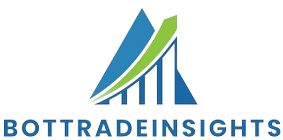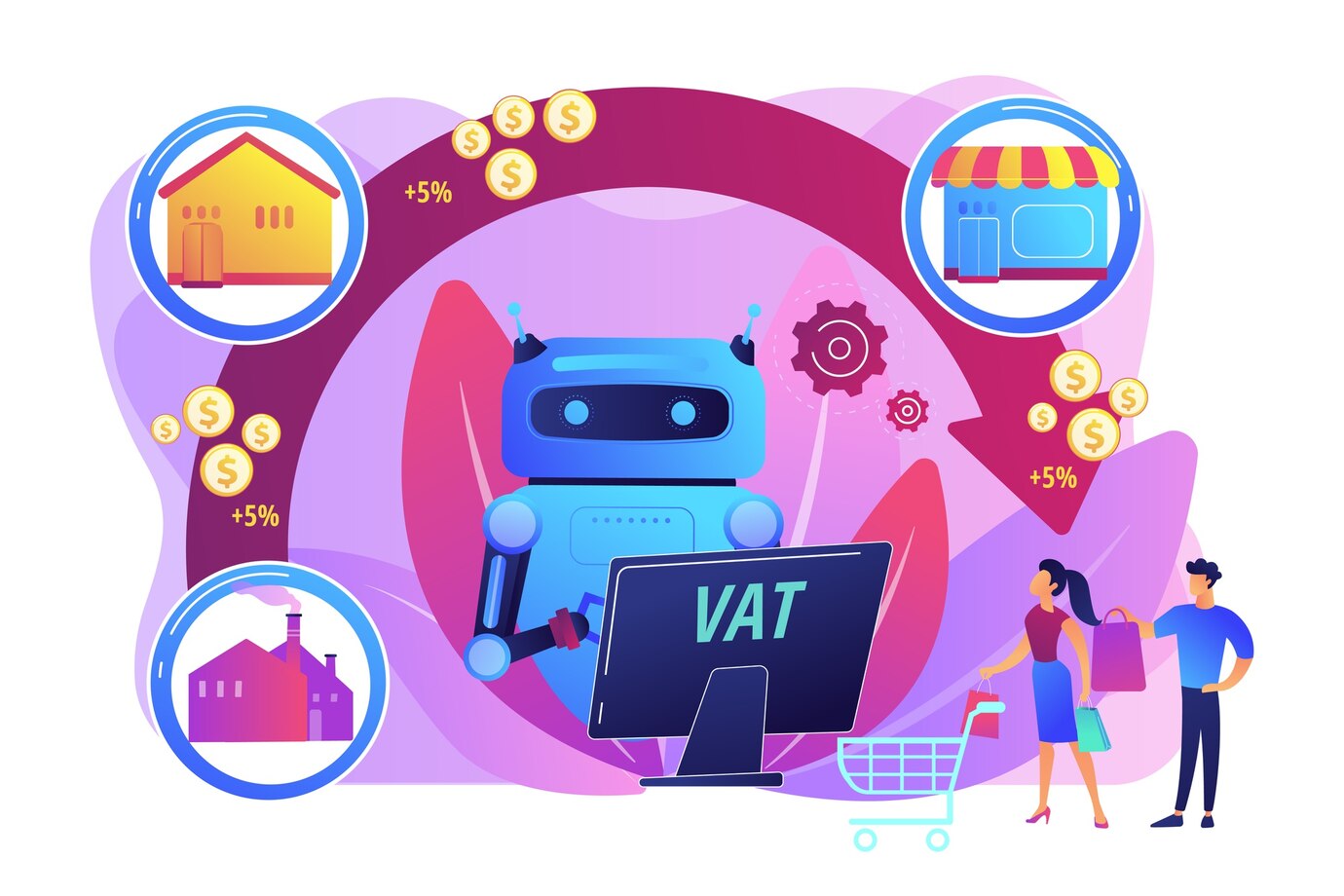The rise of trading bots has sparked debate among investors, highlighting both their potential benefits and inherent drawbacks. To make informed decisions, it’s crucial to understand the advantages and disadvantages associated with these automated programs. This article provides a balanced perspective, exploring the efficiency, convenience, and risk-management capabilities of bots alongside potential downsides like reliance on algorithms, lack of human control, and potential for technical issues.
Risk Management with Trading Bots
In the realm of automated trading, effective risk management serves as the cornerstone for safeguarding investments and optimizing performance. Traders employing trading bots must prioritize establishing clear risk parameters to mitigate potential financial pitfalls. This involves defining acceptable levels of loss, setting stop-loss orders, and continuously monitoring and adjusting strategies in response to market dynamics.
A crucial aspect of risk management is recognizing the limitations of trading bots. While these systems operate based on algorithms and historical data, they may struggle to navigate unforeseen market conditions or sudden, unexpected events. Traders should be vigilant in regularly reviewing and fine-tuning their strategies to ensure alignment with the ever-evolving financial landscape.
Moreover, embracing a diversified portfolio is a key risk management strategy. Relying on a single trading bot or strategy exposes traders to concentrated risks. By diversifying their approaches and spreading investments across various assets or strategies, traders can enhance their resilience to market fluctuations and minimize the impact of potential failures in specific areas.
Advantages of Trading Bots
Automated trading bots offer a myriad of advantages that cater to the evolving needs of modern traders. Here’s a detailed look at the key benefits, presented in organized lists:
- Efficiency and Speed
- Rapid execution of trades in milliseconds.
- Instantaneous response to market fluctuations.
- Removal of human delays and manual processing time.
- Elimination of Emotional Bias
- Execution of trades based on predefined algorithms.
- Absence of emotional decision-making, reducing impulsive actions.
- Consistent adherence to strategy without being swayed by market sentiments.
- 24/7 Market Monitoring
- Continuous surveillance of global markets around the clock.
- Real-time analysis and response to market developments.
- Ability to capitalize on opportunities during non-traditional trading hours.
- Backtesting Capabilities
- Evaluation of strategies using historical data.
- Identification of strengths and weaknesses in the trading approach.
- Improved strategy performance through iterative testing and refinement.
These advantages collectively empower traders with the tools to navigate the fast-paced and dynamic nature of financial markets efficiently.
Disadvantages of Trading Bots
While trading bots offer significant advantages, it’s essential to acknowledge the potential drawbacks that come with automated trading. Here’s an in-depth exploration of the disadvantages, outlined in organized lists:
- Technical Glitches and System Failures
- Susceptibility to network issues, software bugs, or server problems.
- Disruption of trading activities leading to potential financial losses.
- Requirement for robust technical infrastructure to minimize system failures.
- Lack of Adaptability
- Difficulty in adjusting to sudden and unforeseen market changes.
- Limited ability to adapt strategies in rapidly changing market conditions.
- Potential suboptimal decision-making during periods of high volatility.
- Dependency on Historical Data
- Heavy reliance on past market patterns for strategy formulation.
- Challenges in accurately predicting future market behavior.
- Limitations in adapting to evolving market dynamics not captured in historical data.
- Security Concerns and Hacking Risks
- Attractive targets for hackers due to the storage of sensitive information.
- Possibility of security breaches compromising the integrity of the system.
- Need for stringent security measures to protect against potential cyber threats.
These disadvantages underscore the importance of cautious implementation, ongoing monitoring, and the establishment of robust risk management strategies when integrating trading bots into a financial trading approach.
Costs Associated with Trading Bots
To provide a clear overview of the costs associated with using trading bots, let’s start with a concise table highlighting the key elements:
| Cost Type | Description | Considerations |
| Initial Setup Costs | Expenses related to acquiring the bot | Software licensing, hardware requirements, and training |
| Maintenance Expenses | Ongoing costs for system upkeep | Software updates, technical support, and server hosting |
| Potential Losses | Financial risks associated with trading | Market volatility, algorithmic errors, and strategy flaws |
Initial Setup Costs
- Software Licensing: Acquiring trading bot software often involves initial licensing fees, varying based on the features and capabilities of the chosen platform.
- Hardware Requirements: Depending on the complexity of the trading bot, additional hardware may be necessary, incurring upfront costs.
- Training: Users may need training to effectively operate and optimize the trading bot, adding to the initial setup investment.
Maintenance Expenses
- Software Updates: Regular updates to the trading bot software are essential to address bugs, enhance security, and incorporate new features, incurring ongoing expenses.
- Technical Support: Access to technical support services is crucial for resolving issues promptly, but it comes with associated costs.
- Server Hosting: Hosting the bot on reliable servers contributes to smooth operation, but server expenses are ongoing and must be factored into the overall budget.
Potential Losses
- Market Volatility: The dynamic nature of financial markets exposes traders to potential losses due to rapid and unpredictable price movements.
- Algorithmic Errors: Bugs or glitches in the trading bot’s algorithm may lead to unintended consequences, resulting in financial setbacks.
- Strategy Flaws: Even well-designed strategies may not guarantee success, and losses can occur due to unforeseen market conditions or flaws in the chosen approach.
Understanding and managing these costs is vital for traders considering the adoption of trading bots, as it allows for informed decision-making and effective budgeting. Stay tuned as we explore the critical balance between human intuition and automated precision in the subsequent sections.
Human Intervention vs. Automated Trading
In the intricate landscape of financial markets, finding the right balance between human intervention and automated trading is a nuanced endeavor.
Balancing Human Intuition with Automated Precision
Striking a harmonious blend between human intuition and the precision of automated trading systems is a quest for optimal performance. While trading bots excel in executing predefined strategies with speed and efficiency, they may lack the intuitive understanding that human traders bring to the table. Human intuition allows for the recognition of subtle market nuances, adapting to sudden changes, and making decisions based on contextual information that automated systems might overlook.
Finding the Optimal Blend for Successful Trading
Successful trading often lies in finding the optimal synergy between human judgment and the systematic approach of trading bots. Human traders can leverage their intuition to interpret complex market signals, adjust strategies in response to breaking news, and navigate unforeseen circumstances. Integrating human judgment into automated systems enhances adaptability, enabling traders to capitalize on dynamic market conditions while benefiting from the efficiency of automated execution.
This delicate balance requires continuous refinement and strategic alignment to harness the strengths of both human and automated elements. As we move forward, we’ll explore the regulatory challenges associated with automated trading and examine popular trading bot platforms to provide a comprehensive understanding of the landscape.
Regulatory Challenges
Navigating the realm of automated trading involves grappling with various regulatory challenges, each demanding careful consideration.
Compliance Issues with Automated Trading
The integration of trading bots into financial markets raises intricate compliance concerns. Traders must contend with evolving regulatory frameworks, ensuring that their automated systems adhere to established rules and standards. Compliance issues encompass transparency, fair market practices, and the ethical use of automated trading strategies.
Impact of Regulations on the Use of Trading Bots
- Licensing Requirements: Regulatory authorities may impose licensing requirements for the use of trading bots, adding an additional layer of scrutiny and qualification.
- Algorithmic Trading Rules: Specific regulations may dictate the permissible parameters for algorithmic trading, aiming to maintain market integrity and prevent manipulative practices.
- Reporting Obligations: Traders utilizing automated systems might be subject to enhanced reporting obligations, providing authorities with insights into their trading activities to ensure transparency.
Regulatory challenges necessitate a proactive approach from traders, requiring ongoing awareness of changes in legislation and a commitment to compliance. As we progress, we’ll explore popular trading bot platforms and examine real-life examples to offer practical insights into the advantages and pitfalls of automated trading.

